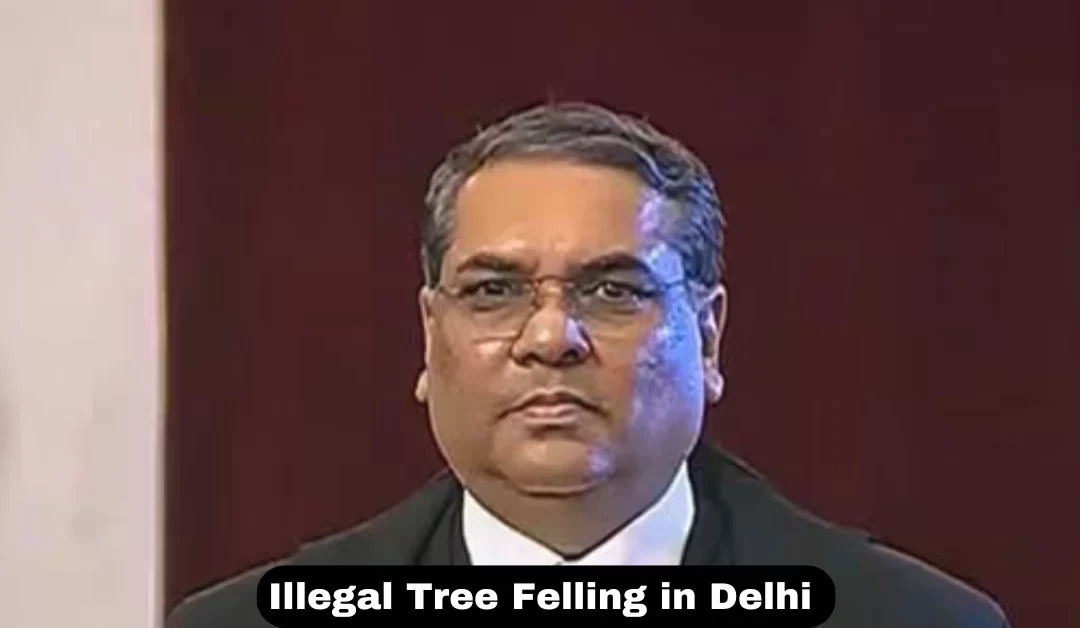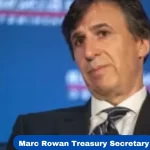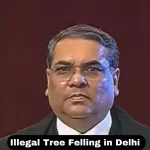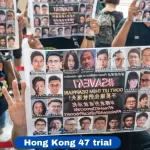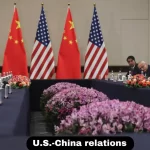The Delhi Ridge tree felling case has become one of the most complex legal battles in recent times, drawing attention to environmental preservation, judicial integrity, and governance accountability. Here’s a breakdown of the key events and issues surrounding this case.
Background: The Judicial Controversy
The controversy began in July 2023, when two different Supreme Court benches, led by Justice Bhushan R. Gavai and Justice A.S. Oka, handled separate but overlapping aspects of a contempt case. This led to a rare judicial standoff. Justice Gavai’s bench questioned the propriety of Justice Oka’s bench taking up the matter while a similar issue was already pending before the three-judge forest bench.
To resolve the situation, the then Chief Justice of India (CJI) D.Y. Chandrachud intervened in August, centralizing the case under his bench. This intervention was aimed at avoiding conflicting rulings and ensuring a unified approach.
CJI Khanna’s Recusal
On Monday, November 13, 2023, CJI Sanjiv Khanna recused himself from hearing the contempt petition. The petition accuses Delhi’s Lieutenant Governor (L-G) V.K. Saxena, in his role as the chairperson of the Delhi Development Authority (DDA), of flouting court orders regarding tree felling in the ecologically sensitive Ridge area.
CJI Khanna stated that his prior association with L-G Saxena during a visit to Bihar jails, in his capacity as the National Legal Services Authority (NALSA) chairperson, made it inappropriate for him to hear the case. The matter was subsequently referred to a fifth bench in just four months.
The Tree Felling Controversy
The case revolves around the illegal felling of 1,670 trees in the Satbari Ridge area of South Delhi in February 2023. The trees were cut to facilitate the widening of a road leading to the CAPFIMS multi-specialty hospital in Chhatarpur.
Key developments include:
- March 2023: The Supreme Court rejected the DDA’s application seeking retrospective approval for the tree felling.
- April-June 2023: Investigations revealed that the trees had already been felled without mandatory court approval.
The petitioner, Bindu Kapurea, alleged that the DDA and its officials, including L-G Saxena, violated court orders. In their defense, the DDA and L-G Saxena claimed ignorance of the tree felling until much later, a timeline contested by the petitioner.
Key Arguments and Evidence
Affidavits by DDA and L-G Saxena
- L-G Saxena stated he became aware of the illegal felling on March 21, 2023, and was informed in detail in June 2023.
- Former DDA Vice-Chairperson Subhashish Panda supported this timeline but admitted verbally informing L-G Saxena during an April 12 meeting.
The petitioner, however, highlighted inconsistencies in these claims, citing a June 10 letter suggesting Saxena might have known about the felling as early as April.
Environmental Impact
A study by the Forest Survey of India (FSI) revealed that 1,670 trees were cut, far exceeding the initial estimates provided by the DDA and the Delhi government, which claimed 642 and 745 trees, respectively.
The Supreme Court criticized the ecological damage and suggested remedial measures, including:
- Replanting the felled trees within the Ridge area.
- Planting an additional 100 saplings for every tree cut.
- Appointing environmental experts to monitor the replantation process.
The Road Ahead
The case underscores the importance of accountability in governance and the need to prevent future violations of environmental laws. While the DDA has argued that the road project serves a vital public purpose by connecting a critical healthcare facility, the court has emphasized the priority of safeguarding ecological balance.
With CJI Khanna’s recusal, the case awaits its next hearing under a new bench. The judicial journey highlights the challenges of balancing infrastructure development with environmental preservation.

